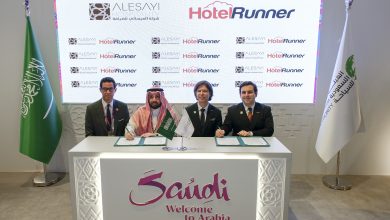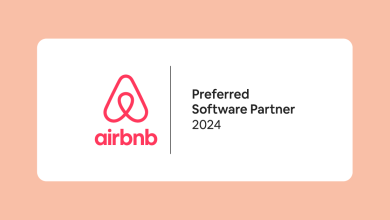8 strategic steps that will help you create your green hotel concept

Social responsibility efforts are an important part of the marketing activities. In our era, the first thing that comes in our mind about social responsibility is protecting natural resources. In consumer tendencies, an environmental-friendly approach is becoming increasingly dominant. The rising trends in environmental sensitivity are of primary concern for businesses from all industries. Environmentally friendly, green hotels are the remarkable reflection of this trend in the accommodation industry.
Turning your hotel into “green” can be an advantageous investment on many terms. Environmentally-friendly policies will not only increase your property’s profitability, it will also help enhance its brand value. Before taking an action as to building your property’s environmental policy, you better evaluate some basic elements that will help you see the whole picture.
Here are the 8 strategic steps that will help you create your green hotel concept.
1- Initiate coordination and team spirit
The first step to take for the program to be successful should be to choose someone as a leader within the organization. The hotel’s general manager or one of the executives can be the best candidate for this. In addition to managing the team to be created, this person can conduct environmental assessments in the fields such as water, waste, energy, carbon emission and purchasing; as well as measuring performances in accordance with the annual goals determined.
2- Choose a field to focus your efforts on and measure your development
You should get started by mapping out the resources you can use in your hotel based on departments to determine your goals. Measurements relating to energy and water consumption can be a starting point. Measurement and performance criteria are critically important for your environment program’s success. It is important to create monthly and annual follow-up programs for all departments to be controlled as well as build a system to collect all the data under a single roof.
3- Encourage employees
Your employees’ support is among the most significant elements for the success of your environmental program. During the initial, development and practice stages for the program, it might be a good idea to benefit from opinions of your employees who know about the needs of different departments. Launching a campaign within the business can help collect ideas, adopt the work and increase motivation.
4- Prepare an action plan
You can obtain high efficiency from your efforts by determining realistic and measurable annual goals, especially in the first year of your efforts. In a rational action plan, the goals should be determined in a way that will prevent open-endedness. For instance, it would be easier to measure the costs within the process if you determine a goal like “changing the light bulbs and replacing them with energy-saving ones in all possible areas” rather than “saving energy”. Also, there will be a positive effect on the business motivation if you get started with small achievable goals.
5- Build your team by using your resources
After receiving your employees’ support and determining your action plan, it is time to build your team. At this stage, it might be good to choose representatives from different departments like food & beverage and cleaning, who should be self-motivated and have time for the task. It is also important to limit the number of representatives so that the decision-making process can progress rapidly. Your team should have good communication skills not only with departments like operation, engineering and purchasing, but also with managers and employees.
6- Put your environmental policy in writing
Putting your environmental policy in writing is one of the most basic steps to integrate it with your corporate communications plan. An important strategy is to include your environmental policy in informative guides for your employees, on your website and in the brochures informing guests, which will enhance your activities’ impact and sustainability.
7- Train your employees
Your new environmental policy should take its place in the orientation process, so your employees can adopt it easily. Less formal methods inclined to internal trainings can also help them adopt the environmental values in addition to guides, posters and e-mails.
8- Evaluate quality
Finally, you should not overlook the contribution of regular measurements and evaluations to your works. Among the basic steps to build a sustainable environmental policy include transparency in determining how many of your goals are achieved and announcing the developments to your stakeholders when it is appropriate. Large businesses can achieve this with the help of annual sustainability reports that also include data on environmental/social responsibility activities. Using the Internet and social media can create a positive impression across potential guests for small-scale businesses and boutique hotels.
Internet is the primary booking channel for next-gen guests. Therefore, it can increase online bookings to be known as a environmentally-friendly property. You may prefer HotelRunner services to create quality content for social platforms, web and mobile media. Create your account now and manage your entire property through the browser securely and seamlessly. No unexpected and extra fees at HotelRunner!



